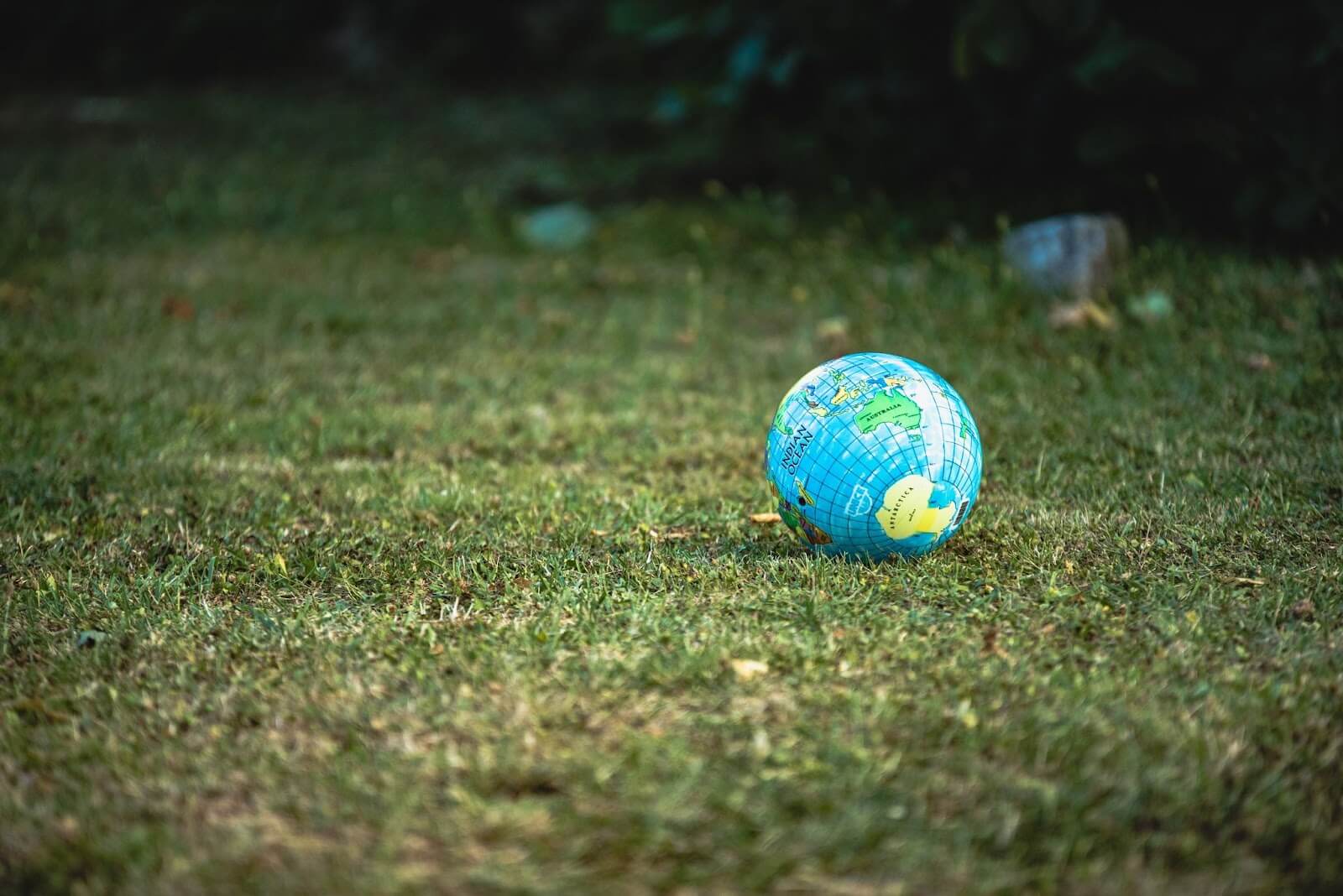According to a World Bank report, only in OECD countries, where the consumer society plays a key role, 572 million tonnes of waste are generated each year: that is 44% of global waste generation.
Meanwhile, in Spain, each citizen produces an average of 460 kg of urban waste annually, this is six times more than their average weight.
But these figures pale in comparison with the rest of the world, with more than 3.5 million tonnes of waste worldwide, rising to 1.3 billion tonnes per year.
This shocking fact is due to the linear economic model that has prevailed for years in our society, based on extraction, production, consumption and disposal. This model implies high environmental costs, both at the time of production of products and at the end of their life cycle.
This is why the EU institutions are working on the reform of the legislative framework to promote a change in the current waste management model, promoting a true “circular economy”.
But what does this concept mean? We tell you all about it in this article.
The concept of circular economy
It is defined as an economic and social system that has the purpose of producing goods and services while reducing their consumption and the waste of raw materials, water and energy sources.
The circular economy focuses on production processes and proposes to reuse, repair or recycle by increasing sustainable manufacturing and consumption. This not only reduces waste, it also saves energy and helps to prevent irreversible damage to the climate, biodiversity and air, soil and water pollution caused by using resources at a rate that exceeds the Earth’s capacity to renew them.
To reduce these environmental consequences as much as possible, it is necessary to minimize waste generation and to encourage products, materials and resources to remain in the economy for as long as possible: these are the basis of what is known as the circular economy, which seeks to promote a new model of production and consumption of goods and services linked to sustainability.
The whole of society must contribute to making the circular economy a widespread reality. One example is provided by the United Nations, which, through the Sustainable Development Goals, strives for responsible production and consumption (due to the goal 12). These 17 goals are ambitious and universal, and represent a call to action to address the major environmental, social and economic challenges we face.
Therefore, the main objective of the circular economy is to make the most of the material resources at our disposal by extending the life cycle of the products: this idea arises from imitating nature, where everything has value and everything is used, where waste becomes a new resource. In this way, we manage to maintain the balance between progress and sustainability.
Differences between circular and linear economy
Throughout modern history we have applied linear production models, that is to say extract, produce, consume and dispose, in that order. But for our society the rhythm of consumption is accelerating, as this is a fast but unsustainable model for the planet.
Meanwhile, the circular economy establishes a more sustainable model of production and consumption, where raw materials would remain longer in the production cycles and can be used in a recurrent way, therefore generating much less waste.
As the name suggests, the essence of this model is to keep resources in the economy for as long as possible, promoting that the waste we generate can be used as raw material in other industries.
Circular economy principles
The 3R rule, which is essential for sustainable development and the preservation of the environmental balance, is already well known: reduce, reuse and recycle. This means that what we take from nature should be returned to it when its useful life is over, in a cyclical and environmentally friendly way. Now, there are also four other lesser-known rules, the 7Rs, which are the necessary steps to achieve the circular economy:
- Redesign: thinking and designing products so that their manufacturing process consumes fewer raw materials, extends their useful life and produces less waste, or at least waste would be easier to recycle. In this way we increase our care for the environment.
- Reduce: changing our consumption habits towards a more sustainable model. If we minimize consumption, we avoid the generation of residues, the waste of raw materials and also reduce the impact on the environment.
- Reuse: by reusing or repurposing products we extend their useful life.
- Repairing: fixing and updating old objects so they can be reused as vintage.
- Recycle: promoting best practice in waste management and reuse it where possible as raw material for the manufacture of new products.
- Recover: encouraging new uses for products that are going to be discarded.
Benefits of circular economy
- Protects the environment: reduces polluting emissions, minimizes the consumption of natural resources and reduces waste generation.
- Benefits the local economy: by promoting production models based on the reuse of nearby waste as raw material.
- Promotes employment: it stimulates the development of a new, more innovative and competitive industrial model, as well as more economic growth and employment.
- Favors resource independence: the reuse of local resources can lead to less dependence on imported raw materials.
But what is the EU doing to implement a circular economy?
Last 2020, the European Commission presented the Circular Economy Action Plan, which aims to make products more sustainable, reduce waste and empower citizens. It also pays special attention to resource-intensive sectors such as electronics and ICT, plastics, textiles or construction.
A year later, in February 2021, the Parliament voted on the circular economy action plan and called for additional measures to move towards a carbon neutral, sustainable, toxics-free and fully circular economy by 2050. This needs to include stricter laws on recycling and binding objectives for 2030 to reduce the ecological footprint of material use and consumption.
Finally, in March 2022, the Commission unveiled the first package of measures to accelerate the transition to a circular economy, as part of the Sustainable Action Plan, the empowerment of consumers for the green transition, the revision of the regulation on construction products and a strategy on sustainable textiles.
Now, we would like to know your opinion. What do you think about this economic model and do you think it will be implemented in Europe?

